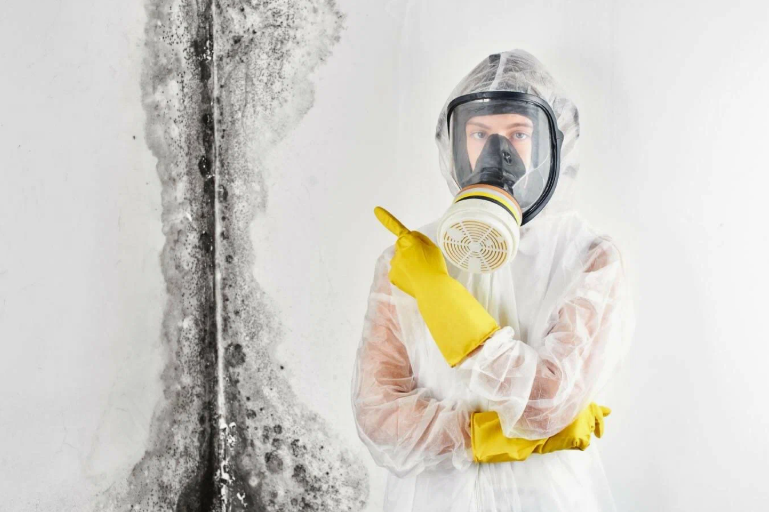Introduction
Mold growth in homes or workplaces poses threats to health and structural damage. Proper mold remediation services ensure that occupants live and work safely and healthily. This is a structured guide understanding mold remediation, its process, and the benefits of professional intervention.
What is Mold Remediation?
Mold remediation is essentially the process of identifying mold growth in a property, removing it, and preventing its future growth. This involves going to the root cause – leaks in pipes or excessive moisture – which is then cleaned out. As opposed to just cleaning, remediation targets restoring indoor air quality and preventing recurrences.
Know You Require Mold Remediation
Common indicators include moldy smells, visible growth on walls, ceilings, or floors, or heightened allergy symptoms in residents. Discoloration on walls, ceilings, or floors could also indicate the presence of mold. It is best detected early since it can proliferate quickly and cause more serious health concerns for individuals with respiratory problems unless treated.
Advantages of hiring professionals
Professionals have high skills, specific equipment, and safety gear, thereby ensuring that the task is properly completed. They detect hidden mold, guarantee long-term solutions, and protect your property’s value.
DIY efforts usually miss the root cause and therefore are recurring. Professional remediation offers peace of mind to your property.
Preventive actions include appropriate ventilation, prompt leakage fixing, and effective use of dehumidifiers in humid climates. Regular inspection, especially within moist-prone areas such as basements and bathrooms, will allow an early sign of detection for molds. Proper insulation and water drainage systems are also preventative measures against water entering the building.
Mold Remediation Services Cost
The costs of mold remediation vary depending on the severity of growth, size of the infested area, and materials involved. However, a small-scale infestation may cost a few hundred dollars, while an extensive infestation can range in the thousands. An early investment in professional remediation services can save potential costs associated with health problems and structural repairs.
Health Risks of Mold Exposure
Exposure to mold causes respiratory problems, allergy, and irritation to the skin. Prolonged exposure may lead to chronic illnesses, especially in peoples whose immune systems are low. Prompt remediation of mold assures a healthier living environment as well as a reduced risk of long-term health complications.
Process of Mold Remediation Steps
Inspection and Evaluation Professionals consider the degree of mold growth and the cause for it.
Containment: Affected zones are cordoned to prevent further spread.
Air Filtration: Specialized equipment removes mold spores from the air.
Removal: Cleaning or evacuation of materials infected with mold.
Restoration: Damaged portions are repaired or replaced to restore normalcy.
FAQs
1. How long does the mold remediation process take?
The duration depends on the extent of mold growth and the size of the affected area. Small-scale jobs can take a few hours, while larger infestations may require several days. Professionals provide a timeline after an initial assessment.
2. Can I stay in my home during the remediation process?
In some cases, you can stay if the mold is confined to a specific area. However, for larger infestations or if you have health concerns, temporary relocation is recommended to avoid exposure during the process.
3. Is mold remediation covered by insurance?
Coverage depends on the cause of mold growth. If mold results from a covered event, such as water damage from a burst pipe, your homeowner’s insurance may cover remediation. Check your policy details or consult your insurance provider.



